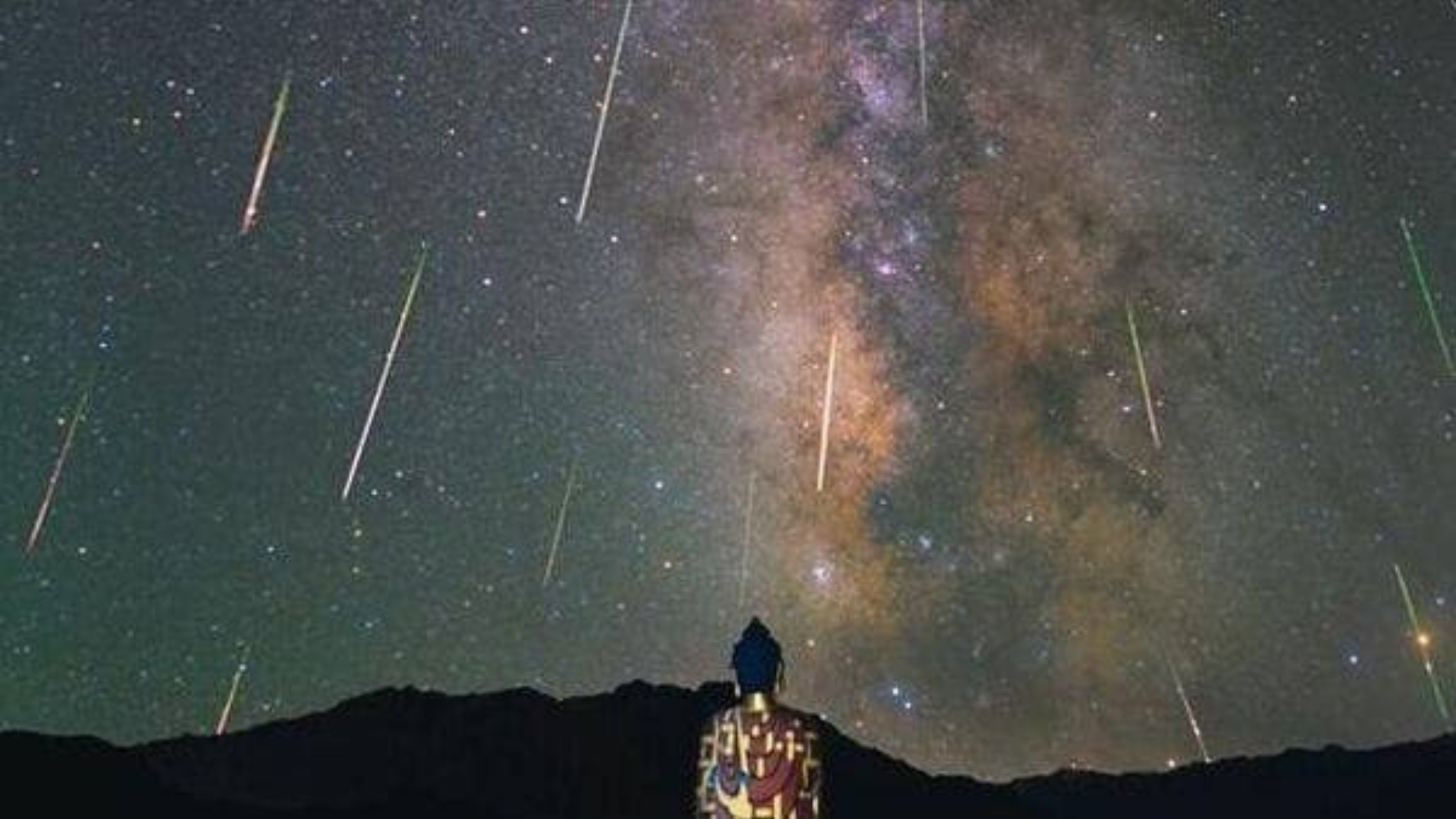The Quadrantids meteor shower, the first astronomical event of 2025, promises a spectacular night sky display as the New Year begins.
Stargazers worldwide have a fantastic chance to see one of the brightest and most reliable meteor showers of the year, with a peak of up to 120 meteors per hour.
What Are the Quadrantids?
The Quadrantids, first discovered in 1825, originate from debris left by the asteroid 2003 EH1, thought to be an extinct comet. This unique lineage sets the Quadrantids apart from other meteor showers, which typically stem from comets.
The meteors radiate from the now-defunct constellation Quadrans Muralis, near Boötes and the Big Dipper, offering a celestial link to historical star maps.
Renowned for their dazzling fireballs—large, bright meteors leaving long-lasting trails—the Quadrantids provide a dramatic spectacle as fragments enter Earth’s atmosphere at speeds of up to 70 kilometers per second, creating streaks of light in shades of blue or yellow-white.
When and Where to Watch?
The Quadrantids have been active since December 26, 2024, and will continue until January 16, 2025. However, the peak, occurring between the evening of January 3 and the early hours of January 4, is the best time to observe this celestial show.
For optimal viewing, head to a location with minimal light pollution. Northern Hemisphere observers, particularly in the UK, are in for a treat, as a thin crescent moon ensures minimal interference.
Dr. Robert Massey of the Royal Astronomical Society noted that while UK residents might see fewer meteors than the peak of 120 per hour, the display will still be spectacular.
Viewing Tips for Stargazers
To make the most of the Quadrantids:
1. Choose the Right Spot: Find a dark, open area away from city lights.
2. Prepare for the Weather: Dress warmly and bring blankets or a reclining chair for comfort.
3. Give Your Eyes Time: Allow 15-30 minutes for your eyes to adjust to the dark.
4. Look Northeast: Lie flat on your back with your feet pointed northeast for the best view.
5. Avoid Light Devices: Stay off your phone or any light-emitting devices to preserve your night vision.
Challenges to Visibility
While many regions will enjoy clear skies, dense cloud cover may hinder visibility in parts of the U.S., including Washington, Oregon, Idaho, and New York. Those with clear skies should begin observing as early as sunset, around 5 p.m. EST, to catch the meteors streaking across the heavens.
How to Photograph the Quadrantids
Capturing the fleeting beauty of meteors requires patience and the right equipment. Experts recommend using a DSLR camera on a tripod, with a long exposure setting to capture the meteor trails. “A smartphone is unlikely to suffice due to the meteors’ fleeting nature,” explained Dr. Massey.
A Celestial Connection to the Past
The Quadrantids have a fascinating history. Belgian astronomer Adolphe Quetelet first observed the shower in the 1830s, but its debris trail connects to a comet seen by Chinese astronomers over 500 years ago. This historical link adds an extra layer of intrigue to an already mesmerizing event.
ALSO READ: 500 Kg Rocket Debris Falls In Kenya: Is Kessler Syndrome Becoming A Reality?























